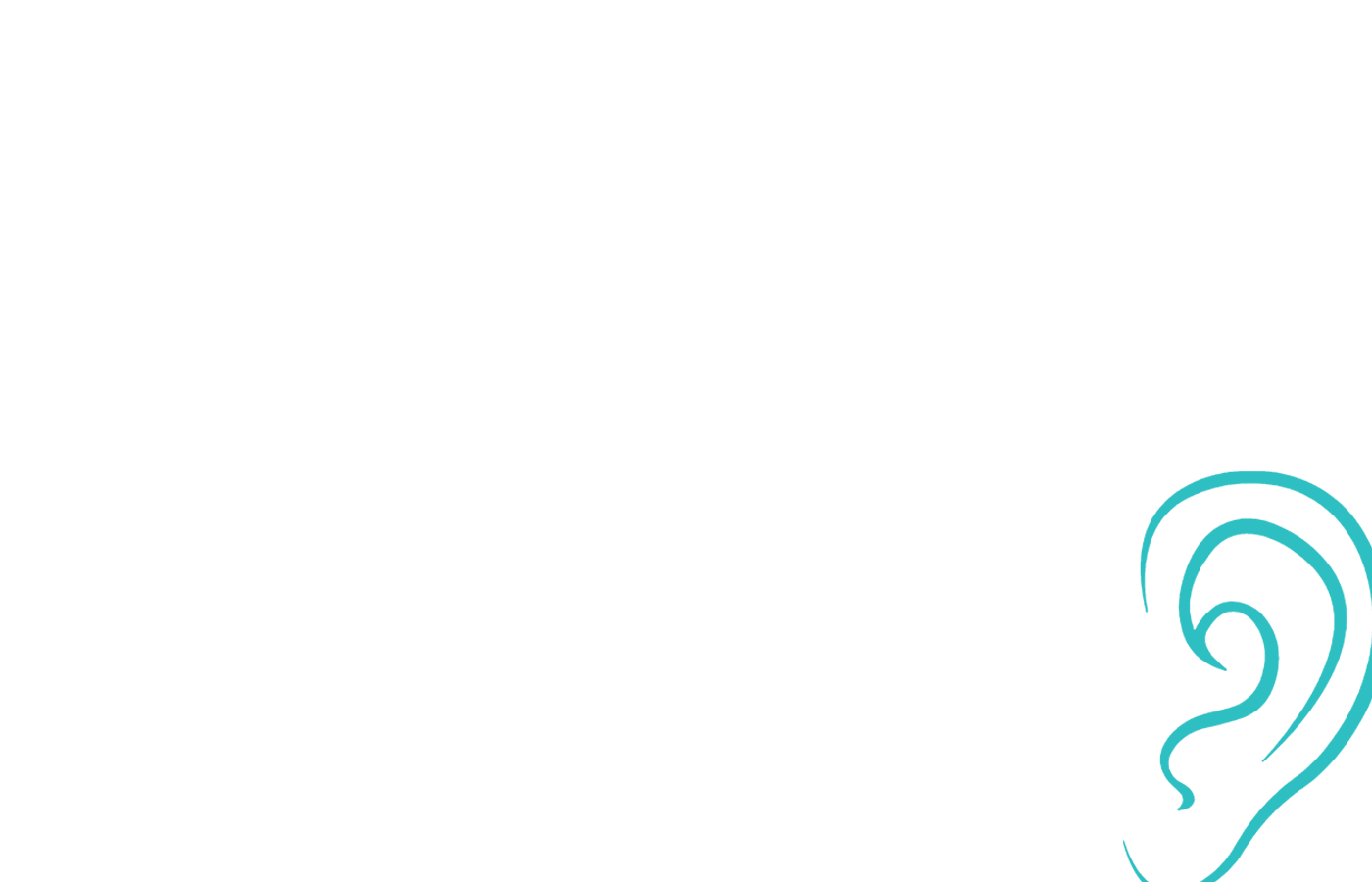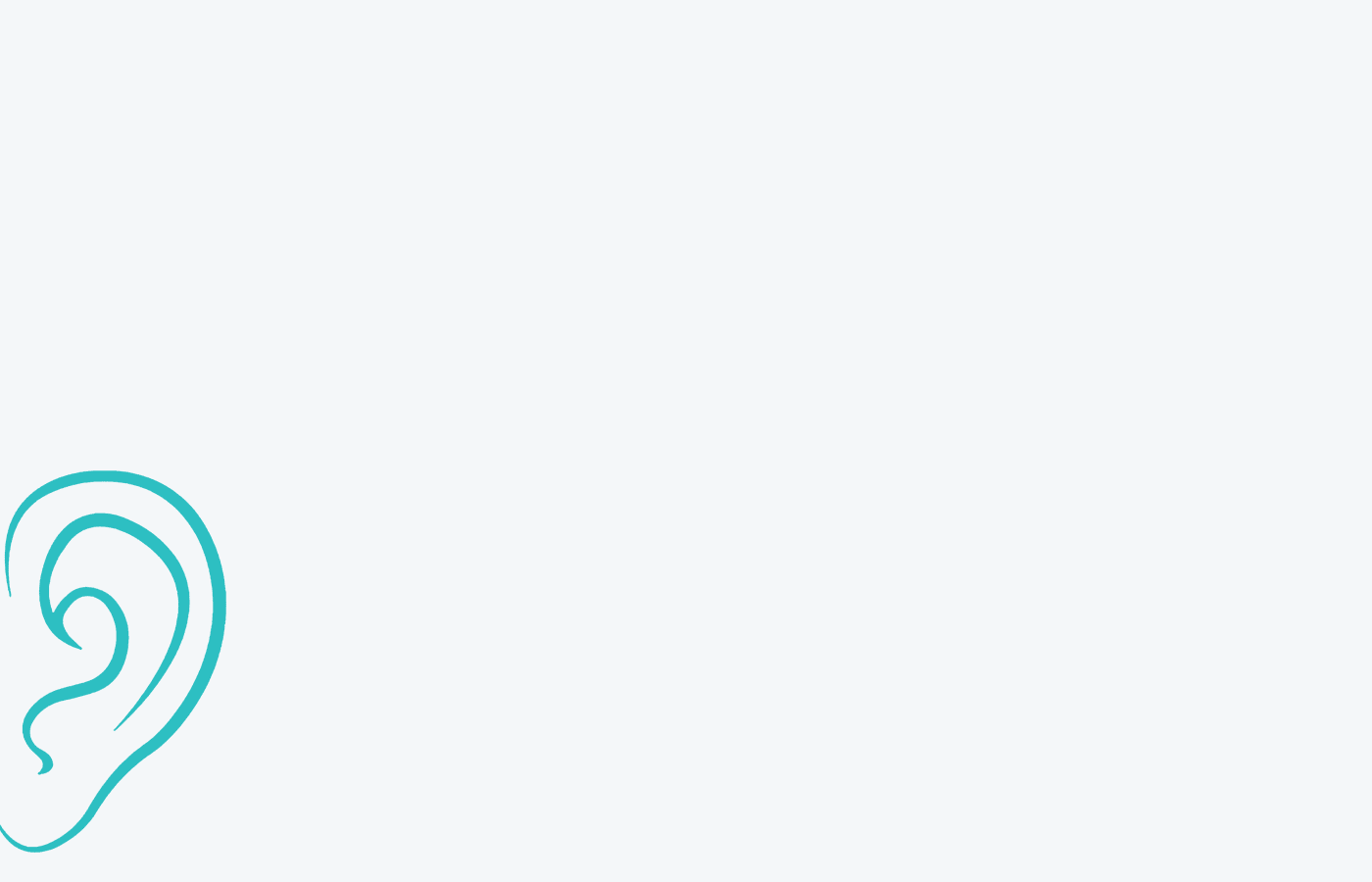Adult Audiology
The Hearing Suite provides a comprehensive audiological assessment using state of the art equipment and soundproof booths in a clinical and friendly environment.

Early identification and assessment of hearing in adults.
Hearing impairment is a hidden disability. In adults, if untreated can lead to social isolation, family tensions, and employment challenges. Hearing loss is also associated with cognitive decline and dementia.
With early identification, authoritative and timely assessment, support and intervention, including appropriate technological support, adults who are hard of hearing or deaf can be supported to participate fully with family, peers and society based upon their own informed choices.

Audiology tests.
An audiologist carries out a range of tests on adults to determine the presence, nature and extent of hearing loss and balance disorders, enabling accurate clinical diagnosis in a range of hearing related conditions. They quantify and qualify hearing in terms of the degree, the type and the configuration of the hearing loss.
Audiology Tests at The Hearing Suite
Otoscopy
Otoscopy allows the visual examination of the ear canal and ear drum.
Tympanometry
Tympanometry is used to evaluate the movement of the eardrum and status of the middle ear. It is useful in determining if the middle ear has abnormal air pressure, detecting the presence of fluid that may be related to a variety of conditions including certain ear infections or even allergies (glue ear), a perforation or dislocation of the ossicular bones in the middle ear.
Pure-tone Audiometry
Pure-tone Audiometry. A comprehensive hearing assessment consists of several tests. First, we determine the softest sound that can be heard by using earphones. This is called air conduction testing. The next test performed is bone conduction testing. A bone vibrator is placed behind the ear to determine the softest sound that can be heard when stimulating the inner ear directly (bypassing the outer ear and middle ear).
Information obtained from these two tests helps to determine the type of hearing loss.
A conductive loss (hearing loss due to problems in the outer and/or middle ear)
A sensorineural loss (hearing loss due to problems in the inner ear—cochlea and auditory nerve)
A mixed loss (a combination of both conductive and sensorineural). The information from these two tests also allows the audiologist to determine the severity of the hearing loss
Otoacoustic Emissions (OAE)
Otoacoustic emissions (OAE) testing is used to assess the integrity of the outer hair cells in the cochlea (inner ear). A probe tip is placed in the ear and a series of sounds are presented. No behavioural response or co-operation is required. Responses produced by the cochlea are recorded and the test only takes 20-30 seconds. This is a quick, easy and objective test used to assess cochlear function and to rule out the possibility of a hearing loss.
Speech Audiometry
Speech audiometry provides information regarding an individual’s speech discrimination abilities at various intensities as well as the impact that the hearing loss has on audibility and clarity.
Speech-in-Noise Testing
Speech-in-Noise testing gives the audiologist valuable information when deciding what hearing aid technology should be recommended for each and every individual patient. Speech-in-noise testing is quick and easy. This information can be helpful in predicting success of hearing aid use.
Test Results
Audiologist will then discuss your results with you and agree what to do next.
Depending on the results, the hearing specialist may recommend:
providing you with hearing aids
referring you to an ear, nose and throat specialist for a medical opinion
other types of treatment, such as a cochlear implant or bone-anchored hearing aid
The hearing specialist can also give you advice about:
coping with the diagnosis
technology and other useful equipment that can help with hearing
benefits you may be entitled to
other services and professionals who can support you
Note: Age related hearing loss in adults is generally gradual in its onset. If you experience sudden loss or sudden deterioration of hearing (i.e. within 72 hours), unilateral or bilateral, you should be sent to A&E or Urgent Care ENT clinic within 24 hours. Prompt treatment may increase the likelihood of recovery. Urgent medical advice should also be sought if there is altered sensation or numbness in the face or observed facial droop.
Book an appointment with us today!


